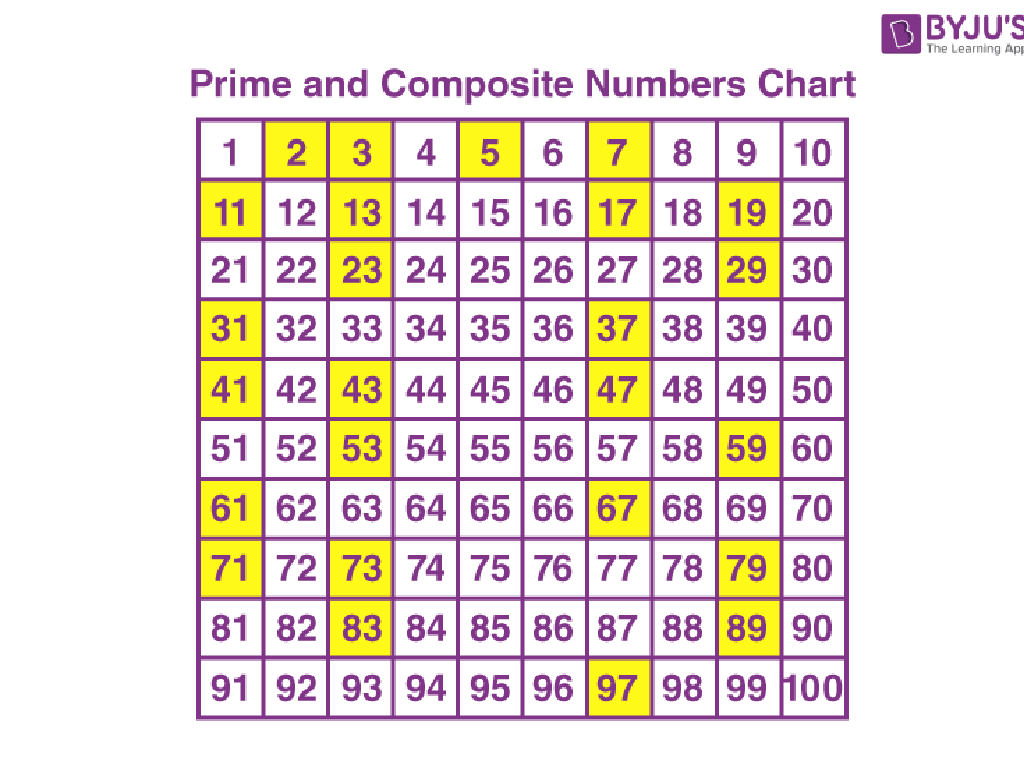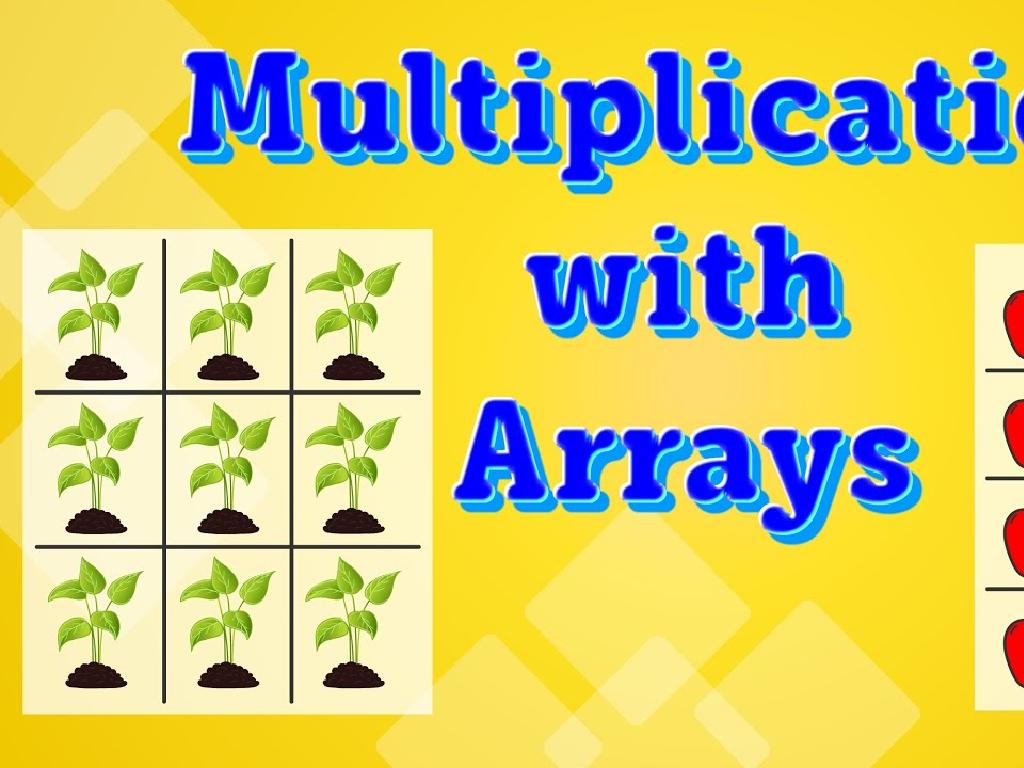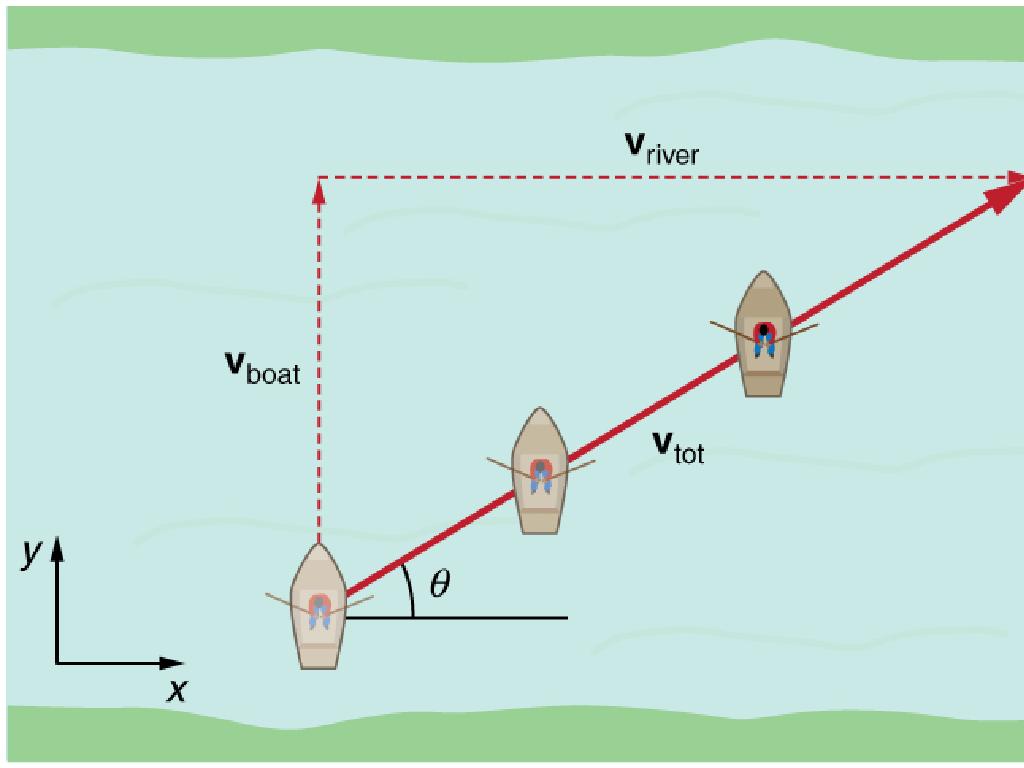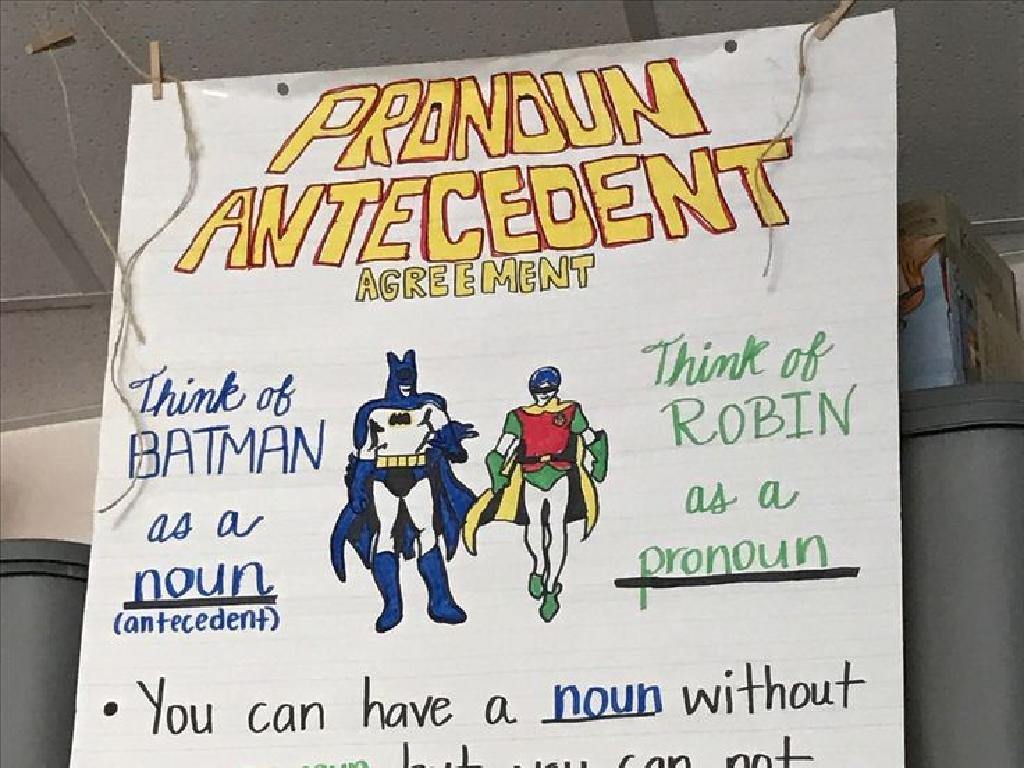Number Sequences Involving Decimals
Subject: Math
Grade: Fifth grade
Topic: Add And Subtract Decimals
Please LOG IN to download the presentation. Access is available to registered users only.
View More Content
Introduction to Decimal Sequences
– Decimals in daily life
– Money and measurements often use decimals
– Understanding what decimals are
– Decimals represent fractions of whole numbers
– Reviewing addition and subtraction
– Add and subtract decimals just like whole numbers, align the decimal points
– Practice with decimal sequences
– Find patterns in sequences involving decimals
|
This slide introduces students to the concept of decimal sequences by first grounding their understanding in everyday examples where decimals are used, such as money and measurements. It’s crucial to ensure that students grasp what decimals represent and how they relate to whole numbers and fractions. A quick review of the procedures for adding and subtracting decimals will prepare them for working with sequences that involve these operations. Emphasize the importance of aligning decimal points during addition and subtraction. Finally, engage students with practice problems that help them recognize and extend patterns in decimal sequences, reinforcing their arithmetic skills with decimals.
Recognizing Patterns in Decimal Sequences
– Understanding number sequences
– A sequence is an ordered list of numbers following a rule
– Finding patterns in sequences
– Look for what changes from one number to the next
– Examples of decimal sequences
– Like 0.5, 1.0, 1.5, 2.0 (adding 0.5)
– Practice with decimal patterns
– Try creating your own sequence by adding a decimal
|
This slide introduces students to the concept of number sequences with a focus on decimals. Begin by explaining what a number sequence is, emphasizing that it’s a set of numbers in a specific order. Teach students how to identify patterns, such as consistent addition or subtraction between numbers. Provide clear examples of simple decimal sequences, demonstrating how to recognize the pattern. Encourage students to practice by creating their own sequences, using addition or subtraction of decimals. This will help solidify their understanding of sequences and prepare them for more complex patterns.
Creating Decimal Sequences
– Start with a decimal number
– Choose a consistent step
– Step could be 0.5, 0.1, or any decimal
– Add the step to create next term
– If starting with 2.3 and step is 0.2, next is 2.5
– Repeat to build the sequence
|
This slide introduces students to the concept of creating a decimal sequence. Begin by choosing any decimal number as the starting point. Next, decide on a consistent step, which is the decimal amount that will be added to each term to get the next one. For example, if the step is 0.2 and the starting number is 2.3, the sequence will be 2.3, 2.5, 2.7, and so on. During the class activity, students will practice creating their own sequences by following these steps. Provide guidance and ensure they understand the importance of consistency in the step value. Possible activities include creating sequences with different starting numbers and steps, comparing sequences, and predicting future terms in a sequence.
Adding Decimals in Sequences
– Learn rules for adding decimals
– Line up the decimal points and add like whole numbers.
– Find next numbers in sequences
– Use the rule to predict the following numbers in a sequence.
– Practice with an example sequence
– Example: 0.5, 1.0, 1.5, ? (Add 0.5 to find the next number)
– Understand decimal sequence patterns
|
This slide introduces students to the concept of adding decimals within number sequences. Start by explaining the rules for adding decimals, emphasizing the importance of aligning decimal points. Then, guide students through the process of finding subsequent numbers in a sequence by applying these rules. Provide a practice example, such as adding 0.5 to each number in a sequence, and ask students to predict the next numbers. Reinforce the concept by highlighting the pattern that emerges when adding a consistent decimal amount to each term in the sequence. Encourage students to practice with additional examples and to look for patterns in decimal sequences.
Subtracting Decimals in Sequences
– Rules for decimal subtraction
– Line up the decimals, subtract like whole numbers.
– Find previous numbers by subtracting
– To find earlier terms, subtract the common difference.
– Practice with a sequence example
– Example: 15.5, 14.7, 13.9, what comes before?
– Understand place value alignment
– Keeping decimal points aligned ensures accuracy.
|
This slide introduces students to the concept of subtracting decimals within number sequences. Start by explaining the rules for subtracting decimals, emphasizing the importance of aligning the decimal points. Then, demonstrate how to find previous numbers in a sequence by subtracting the common difference. Use the practice example to walk through a problem together, showing how to step back in a sequence by subtraction. Remind students to pay close attention to place value, as this is crucial for accurate subtraction. Encourage students to practice with additional examples and provide immediate feedback to solidify their understanding.
Complex Decimal Sequences
– Grasp complex decimal patterns
– Patterns with decimals not just whole numbers
– Examples of intricate sequences
– 3.5, 3.8, 4.1, 4.4 shows adding 0.3
– Group activity on sequences
– Work in teams to solve sequence puzzles
– Decipher patterns together
|
This slide introduces students to the concept of complex decimal sequences, going beyond simple whole number patterns. Start by explaining that sequences can involve decimals and can follow various rules, such as adding or subtracting a decimal number consistently. Provide clear examples, showing how to identify the pattern. For the group activity, prepare sequence puzzles for students to solve in teams, promoting collaborative problem-solving skills. Ensure the activity is engaging by varying the complexity of the sequences. As a teacher, facilitate the activity by guiding students who may struggle and challenge those who grasp the concept quickly with more intricate sequences.
Class Activity: Decimal Sequence Scavenger Hunt
– Understand the scavenger hunt rules
– Work in teams to find sequences
– Look for sequences in books, on charts, or objects in the classroom
– Record decimal sequences found
– Write down each sequence and the item’s location
– Share discoveries with the class
|
This interactive class activity is designed to help students apply their knowledge of decimal sequences in a fun and engaging way. Divide the class into small teams and provide instructions for the scavenger hunt, emphasizing the goal of finding as many decimal sequences as possible within the classroom environment. Encourage students to look for sequences on book pages, measurement charts, or any classroom materials. Each team should record the sequences they find, noting the item and its location. After the hunt, reconvene and have each team share their findings, discussing how they identified the sequences and what decimal patterns they observed. This activity will reinforce their understanding of decimal sequences and how they can appear in everyday contexts.
Wrapping Up: Decimal Sequences
– Recap of decimal sequences
– We learned how to identify and create sequences with decimals.
– Importance of decimal sequences
– Decimal sequences are key in understanding patterns and mathematical concepts.
– Homework: Practice problems
– Solve the given problems to reinforce today’s lesson.
– Get ready for the next class
– Review your notes and bring any questions.
|
This slide aims to summarize today’s lesson on decimal sequences, emphasizing their importance in understanding mathematical patterns and preparing students for more advanced concepts. Reinforce the idea that mastering decimal sequences will aid in problem-solving and real-life applications such as financial literacy. For homework, assign a set of problems that require students to apply what they’ve learned about adding and subtracting decimals in sequences. Encourage students to review their notes and come prepared with questions for the next class, fostering a continuous learning cycle.






